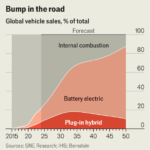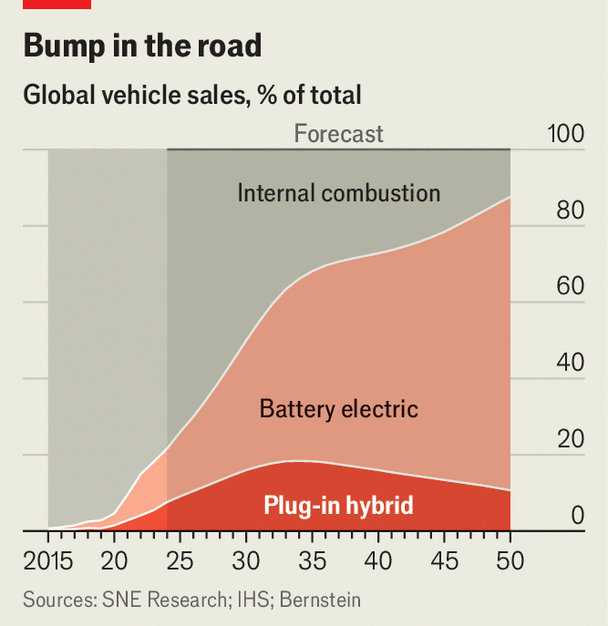As a society obsessed by money, we pay a gigantic price for not educating high school and college students about money and banking. The ways of the giant global banks – both commercial and investment operations – are as mysterious as they are damaging to the people. Big banks use the Federal Reserve to maximize their influence and profits. The federal Freedom of Information Act provides an exemption for matters that are “contained in or related to examination, operating, or condition reports prepared by, on behalf of, or for the use of an agency responsible for the regulation or supervision of financial institutions.” This exemption allows financial institutions to wallow in secrecy. Financial institutions are so influential in Congress that Senator Durbin (D, IL) says “[The banks] frankly own this place.” Although anti-union, giant financial institutions have significant influence over the investments of worker pension funds. Their certainty of being bailed out because they are seen as “too big to fail” harms the competitiveness of smaller, community banks and allows the big bankers to take bigger risks with “other people’s money,” as Justice Brandeis put it. These big banks are so pervasive in their reach that even unions and progressive media, such as The Nation magazine and Democracy Now have their accounts with JP Morgan Chase. The government allows banks to have concentrated power. Taxpayers and Consumers are charged excessive fees and paid paltry interest rates on savings. The bonds of municipalities are are also hit with staggering fees and public assets like highways and public drinking water systems are corporatized by Goldman Sachs and other privatizers with sweetheart multi-decade leases. Then there are the immense taxpayer bailouts of Wall Street, such as those in 2008-2009 after the financial industry’s recklessness and crimes brought down the economy, cost workers 8 million jobs, and shredded the pension and mutual fund savings of the American people. Standing like a beacon of stability, responsiveness and profitability is the 98 year-old, state-owned Bank of North Dakota (BND). As reported by Ellen Brown, prolific author and founder of the Public Banking Institute (Santa Clarita, California), “The BND has had record profits for the last 12 years” (avoiding the Wall Street crash) “each year outperforming the last. In 2015 it reported $130.7 million in earnings, total assets of $7.4 billion, capital of $749 million, and a return on investment of a whopping 18.1 percent. Its lending portfolio grew by $486 million, a 12.7 percent increase, with growth in all four of its areas of concentration: agriculture, business, residential and student loans…” North Dakota’s economy is depressed because of the sharp drop in oil prices. So the BND moved to help. Again, Ellen Brown: In 2015, it introduced new infrastructure programs to improve access to medical facilities, remodel or construct new schools, and build new road and water infrastructure. The Farm Financial Stability Loan was introduced to assist farmers affected by low commodity prices or below-average crop production. The BND also helped fund 300 new businesses. All this is in a state with half the population of Phoenix or Philadelphia. A California coalition is forming to establish a state-owned bank for California. Coalition organizers say a California State Bank will cut the state’s long-term financing costs in half, compared to what avaricious Wall Street is charging. The nation’s largest state (equivalent to the world’s sixth largest economy) can free itself from massive debt accumulation, bid-rigging, deceptive interest-rate swaps and capital appreciation bonds at 300% interest over time. What assets does the state have to make this bank fully operational? California has surplus funds which total about $600 billion, including those in a Pooled Money Investment account managed by the State Treasurer that contains $54 billion earning less than 1 percent interest. Money in these funds is earmarked for specific expenditure purposes, but they can be invested – in a new state bank. To escape from a Wall Street that is, in Brown’s words “sucking massive sums in interest, fees and interest rate swap payments out of California and into offshore tax havens,” a state bank can use its impressive credit power to develop infrastructure in California. Huge state pension funds and other state funds can provide the deposits. Each one billion dollar capital investment can lend $10 billion for projects less expensively and under open stable banking control by California. Presently, California and other states routinely deposit hundreds of billions of dollars in Wall Street banks at minimal interest, turn around and borrow for infrastructure construction and repair from the Wall Street bond market at much higher interest and fees. This is a ridiculous form of debt peonage, a lesson Governor Jerry Brown has yet to learn. He and other officials similarly uninformed about how the state of California can be its own banker should visit publicbankinginstitute.org and read Ellen Brown’s book, The Public Bank Solution. Legislation for public banks is being pursued in the states of Washington, Michigan, Arizona and New Jersey, as well as the cities of Philadelphia and Santa Fe. Look for county commissioners and state treasurers to come on board when they see the enormous safeguards and savings that can be secured through “public banks” in contrast to the convoluted casino run by unaccountable Wall Street gamblers and speculators. A longtime backer of public banking, retired entrepreneur Richard Mazess, hopes that national civic groups like Public Citizen, Common Cause, People for the American Way and Consumer Watchdog can get behind the proposal. “Public, not private, infrastructure is essential for an equitable economy,” he says. California already has a public infrastructure bank called the IBank. Mr. Mazess and others believe that expanding the existing IBank into a depository institution would be more likely to pass through the California legislature. The deposits would come from public institutions, and NGOs (not from private persons). These pension funds and other public deposits would become reserves and serve as the basis for safely leveraged loans to public projects at a conservative tenfold multiplier. No derivatives or other shenanigans allowed. Before that proposal can be enacted, however, there needs to be much more education of state legislators and the public at large. Such enlightenment would illuminate the enormous savings, along with the restoration of state sovereignty from the absentee, exploitative grip of an unrepentant, speculating, profiteering Wall Street that believes it can always go to Washington, DC for its taxpayer bailouts.












